Home>Technology>Smart Home Devices>Why Is My Printer Not Printing Double-Sided
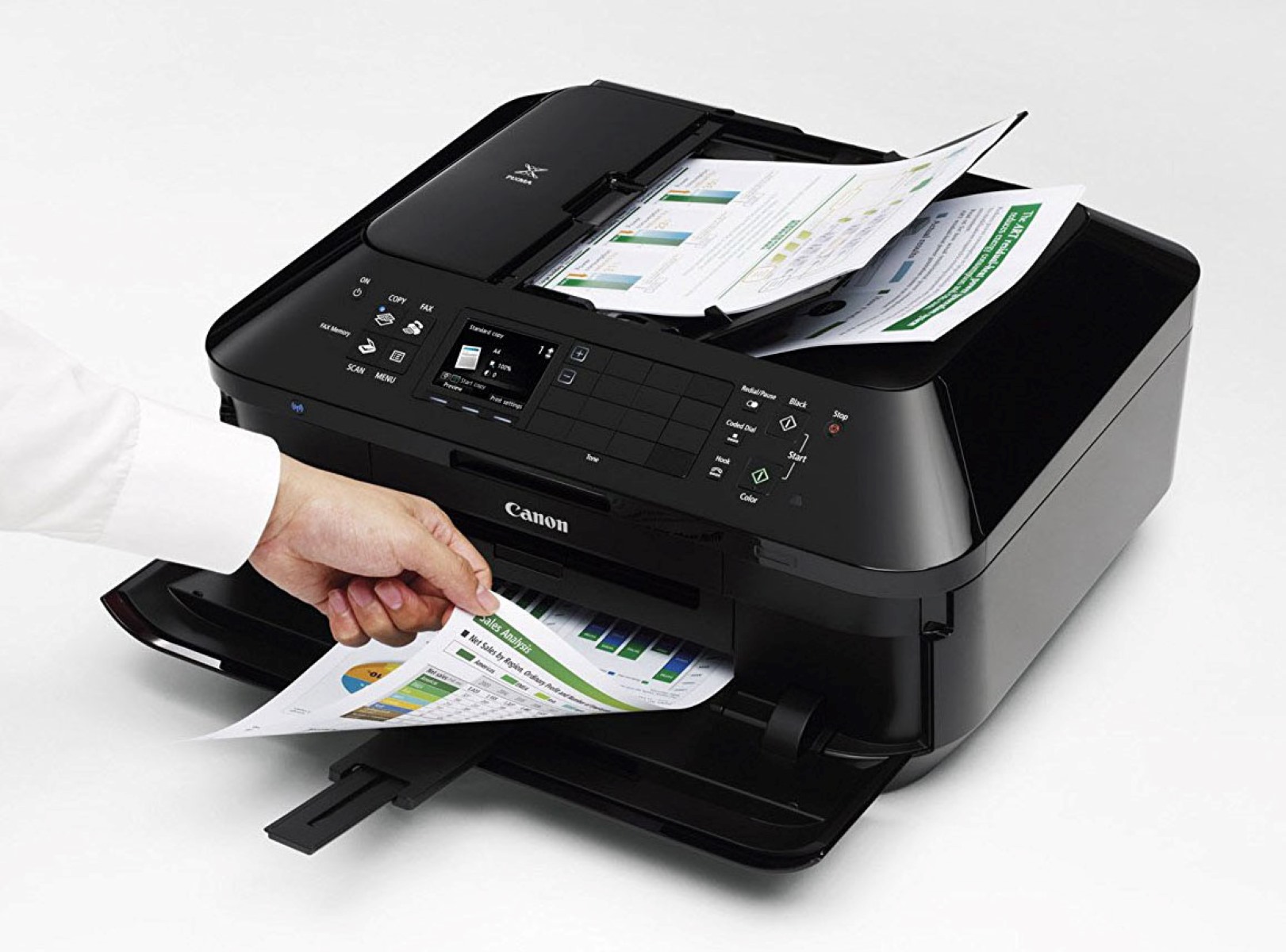

Smart Home Devices
Why Is My Printer Not Printing Double-Sided
Modified: February 26, 2024
Learn how to troubleshoot and fix the issue of your smart home device not printing double-sided. Get expert tips and solutions to resolve the problem quickly.
(Many of the links in this article redirect to a specific reviewed product. Your purchase of these products through affiliate links helps to generate commission for Storables.com, at no extra cost. Learn more)
Introduction
Hey there! Are you having trouble getting your printer to churn out those double-sided documents? Don't worry; you're not alone. Many people encounter this issue, and there are several potential reasons behind it. In this guide, we'll dive into the common culprits that might be causing your printer to resist double-sided printing and explore some practical solutions to get those double-sided pages flowing smoothly.
Whether you're a student preparing a research paper, a professional putting together a presentation, or just someone who loves to print out beautifully formatted documents, the ability to print double-sided can be a real game-changer. It saves paper, reduces clutter, and gives your documents a polished, professional look. So, let's roll up our sleeves and troubleshoot the pesky problem of your printer refusing to cooperate when it comes to double-sided printing. Let's get started!
Key Takeaways:
- Ensure your printer settings are correct for double-sided printing. Update printer drivers and check paper compatibility to resolve any issues. Regular maintenance like cleaning printer rollers can also improve performance.
- If your printer is not printing double-sided, try resetting the printer settings. Back up custom settings, initiate a reset, and reconfigure necessary options. Reach out to the manufacturer for additional support if needed.
Read more: Why Is My Printer Printing Double-Sided
Check Printer Settings
Before delving into more complex troubleshooting steps, it's essential to start with the basics. The first thing to check when your printer is not printing double-sided is the printer settings. Sometimes, the issue may simply be a result of incorrect or overlooked settings.
Begin by opening the document you want to print and accessing the print dialog box. Look for the “Print on Both Sides” or “Duplex Printing” option in the settings. Depending on your printer model and the software you are using, these options may be located in different places within the print dialog box.
If you are unable to locate the double-sided printing option, it’s possible that your printer does not support automatic duplex printing. In this case, you may need to manually flip the pages and reinsert them into the printer to print on the reverse sides. However, if your printer does support double-sided printing, ensure that the appropriate option is selected before proceeding with the print job.
Additionally, if you are using a network or shared printer, verify that the printer settings are consistent across all connected devices. Inconsistent settings among devices can lead to discrepancies in printing behavior, including the failure to print double-sided.
Once you have confirmed that the double-sided printing option is enabled and the settings are consistent, proceed with a test print to see if the issue has been resolved. If the problem persists, further investigation into printer drivers and compatibility may be necessary.
Update Printer Drivers
Outdated or corrupted printer drivers can often be the culprit behind printing issues, including the inability to print double-sided. Printer drivers act as the communication bridge between your computer and the printer, facilitating the proper execution of printing tasks. When these drivers are outdated or malfunctioning, it can result in various printing malfunctions, including the failure to print double-sided.
To address this, begin by checking for updates to your printer drivers. Most operating systems provide built-in tools for updating drivers, or you can visit the official website of your printer’s manufacturer to download the latest driver software.
After updating the printer drivers, restart your computer and try printing a double-sided document to see if the issue has been resolved. If the problem persists, consider uninstalling the printer drivers completely and then reinstalling the updated versions. This can help eliminate any potential conflicts or corrupted files that may be hindering the proper functioning of the printer.
It’s also worth noting that some printers require specific drivers to enable duplex printing functionality. If you recently installed a new printer or updated your operating system, ensure that the correct drivers for your printer model are installed and configured to support double-sided printing.
By keeping your printer drivers up to date and ensuring compatibility with your operating system, you can mitigate many common printing issues, including the inability to print double-sided. If updating the printer drivers does not resolve the problem, there are additional steps to consider, such as examining paper and printer compatibility.
Paper and Printer Compatibility
When troubleshooting double-sided printing issues, it’s important to consider the compatibility of the paper being used with the printer. Certain types of paper may not be suitable for double-sided printing, leading to paper jams, smudged ink, or other printing errors.
Start by checking the paper specifications recommended by the printer manufacturer. This information can typically be found in the printer’s user manual or on the manufacturer’s website. Ensure that the paper being used meets the recommended weight, size, and type guidelines for double-sided printing. Using paper that does not align with the printer’s specifications can result in misfeeds, poor print quality, and other printing complications.
Furthermore, some printers may have specific settings or adjustments for different paper types. Access the printer settings or preferences and verify that the paper type selected matches the actual paper being used. Selecting the correct paper type ensures that the printer applies the appropriate amount of ink and adjusts the printing process to accommodate the specific paper characteristics.
If you are experiencing frequent paper jams or misfeeds when attempting double-sided printing, it may be necessary to inspect the printer’s paper path and rollers for any debris or obstructions. Over time, dust, paper fragments, or other foreign objects can accumulate within the printer, impeding the smooth movement of paper through the printing mechanism.
Cleaning the printer rollers and ensuring that the paper path is clear of any obstructions can alleviate common printing issues and improve the overall reliability of double-sided printing. Consult the printer’s user manual for instructions on safely cleaning the internal components and maintaining optimal print quality.
By addressing paper and printer compatibility issues, you can enhance the reliability and quality of double-sided printing, ensuring that your documents are produced with precision and clarity.
Check if your printer supports double-sided printing. If it does, make sure the double-sided option is selected in the print settings. Also, ensure that the paper is loaded correctly for double-sided printing. If the issue persists, try updating the printer driver.
Clean Printer Rollers
Printer rollers play a crucial role in guiding paper through the printing process, and over time, they can accumulate dust, paper fibers, and other debris, leading to diminished performance and printing errors, including challenges with double-sided printing.
To address this, start by consulting your printer’s user manual for guidance on accessing and cleaning the printer rollers. Some printers feature accessible roller compartments that allow for easy cleaning, while others may require more intricate disassembly. Regardless of the specific procedure, it’s important to power off the printer and follow the manufacturer’s instructions to avoid causing damage to the internal components.
Once you have accessed the printer rollers, use a lint-free cloth lightly dampened with water or isopropyl alcohol to gently wipe the rollers, removing any accumulated debris. Avoid using excessive moisture or harsh cleaning agents, as these can damage the rollers and compromise their functionality.
In addition to cleaning the rollers, inspect the paper input tray and output tray for any residual debris or obstructions that may impede the smooth movement of paper during double-sided printing. Clearing these areas of any foreign objects can contribute to improved paper handling and reduce the likelihood of paper jams or misfeeds.
After cleaning the printer rollers and ensuring that the paper path is clear, perform a test print to assess whether the cleaning process has resolved the double-sided printing issue. If the problem persists, consider resetting the printer settings to restore default configurations and eliminate any potential software-related factors contributing to the problem.
By incorporating regular maintenance, such as cleaning the printer rollers, into your printer care routine, you can enhance the overall performance and reliability of double-sided printing, ensuring that your printing tasks are completed with efficiency and precision.
Read more: How To Print Double-Sided On A Canon Printer
Reset Printer Settings
When all else fails, resetting the printer settings to their default configurations can serve as a valuable troubleshooting step to address persistent double-sided printing issues. Over time, customized settings and preferences may inadvertently conflict with the printer’s functionality, leading to unexpected printing behavior.
Before proceeding with a reset, it’s essential to back up any custom settings or preferences that you may want to restore after the reset process. This can include network configurations, paper type settings, and any other personalized adjustments made to the printer’s settings.
To initiate a reset, access the printer’s control panel or settings menu and navigate to the option for restoring factory or default settings. The specific steps for performing a reset can vary depending on the printer model, so refer to the printer’s user manual for detailed instructions tailored to your device.
After initiating the reset, power cycle the printer by turning it off and unplugging it for a few minutes. This helps ensure that any residual settings are cleared from the printer’s memory. Once the printer has been powered back on, reconfigure any necessary settings, such as network connections and paper preferences, and perform a test print to determine if the double-sided printing issue has been resolved.
If the problem persists after the reset, consider reaching out to the printer’s manufacturer for additional support and troubleshooting guidance. They may be able to provide specific insights or software updates to address persistent printing issues.
By resetting the printer settings, you can eliminate potential conflicts or errors that may be hindering the proper execution of double-sided printing tasks, restoring the printer to a clean slate and improving its overall performance.
Conclusion
Congratulations on navigating the troubleshooting journey to address the frustrating challenge of your printer not printing double-sided. By exploring the various potential causes and implementing practical solutions, you’ve taken proactive steps to reclaim the convenience and efficiency of double-sided printing.
Throughout this guide, we’ve highlighted the importance of checking printer settings, updating printer drivers, ensuring paper and printer compatibility, cleaning printer rollers, and resetting printer settings as key strategies for resolving double-sided printing issues. Each of these steps plays a critical role in maintaining the optimal functionality of your printer and overcoming common printing obstacles.
As you continue to engage with your printer and other smart home devices, remember the value of regular maintenance and attentive troubleshooting. By staying informed about the latest updates and best practices for printer care, you can maximize the longevity and performance of your printing equipment, ensuring that it consistently meets your needs and expectations.
Should you encounter future challenges or seek to expand your knowledge of smart home technology, remember that a wealth of resources and support is available to assist you. Whether through manufacturer support channels, online communities, or professional assistance, you’re never alone in your quest to optimize your printing experience and make the most of your smart home devices.
With your newfound insights and proactive approach to printer troubleshooting, you’re well-equipped to conquer any future printing hurdles and enjoy the seamless, efficient operation of your double-sided printing capabilities. Here’s to crisp, professional documents and a hassle-free printing experience!
Frequently Asked Questions about Why Is My Printer Not Printing Double-Sided
Was this page helpful?
At Storables.com, we guarantee accurate and reliable information. Our content, validated by Expert Board Contributors, is crafted following stringent Editorial Policies. We're committed to providing you with well-researched, expert-backed insights for all your informational needs.
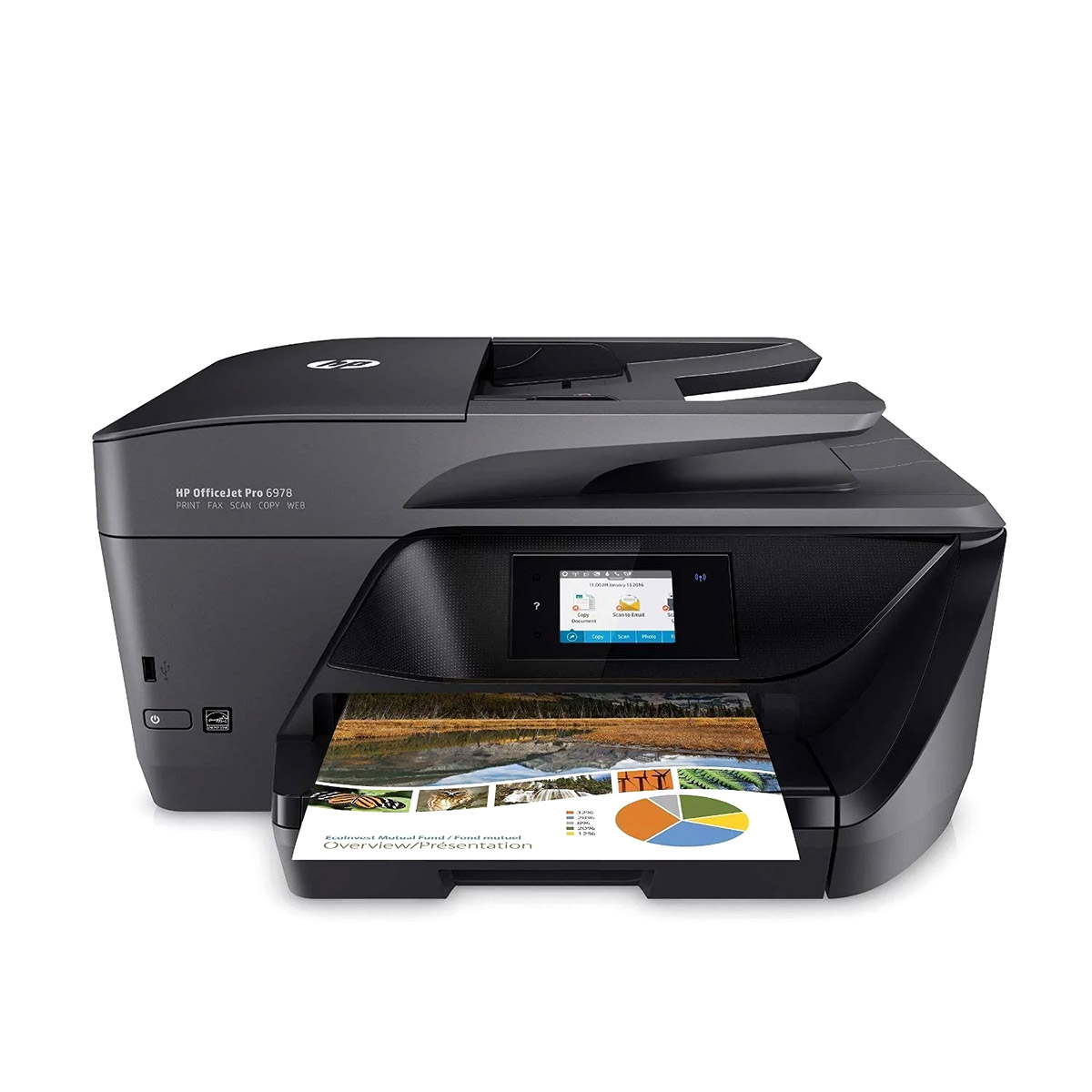
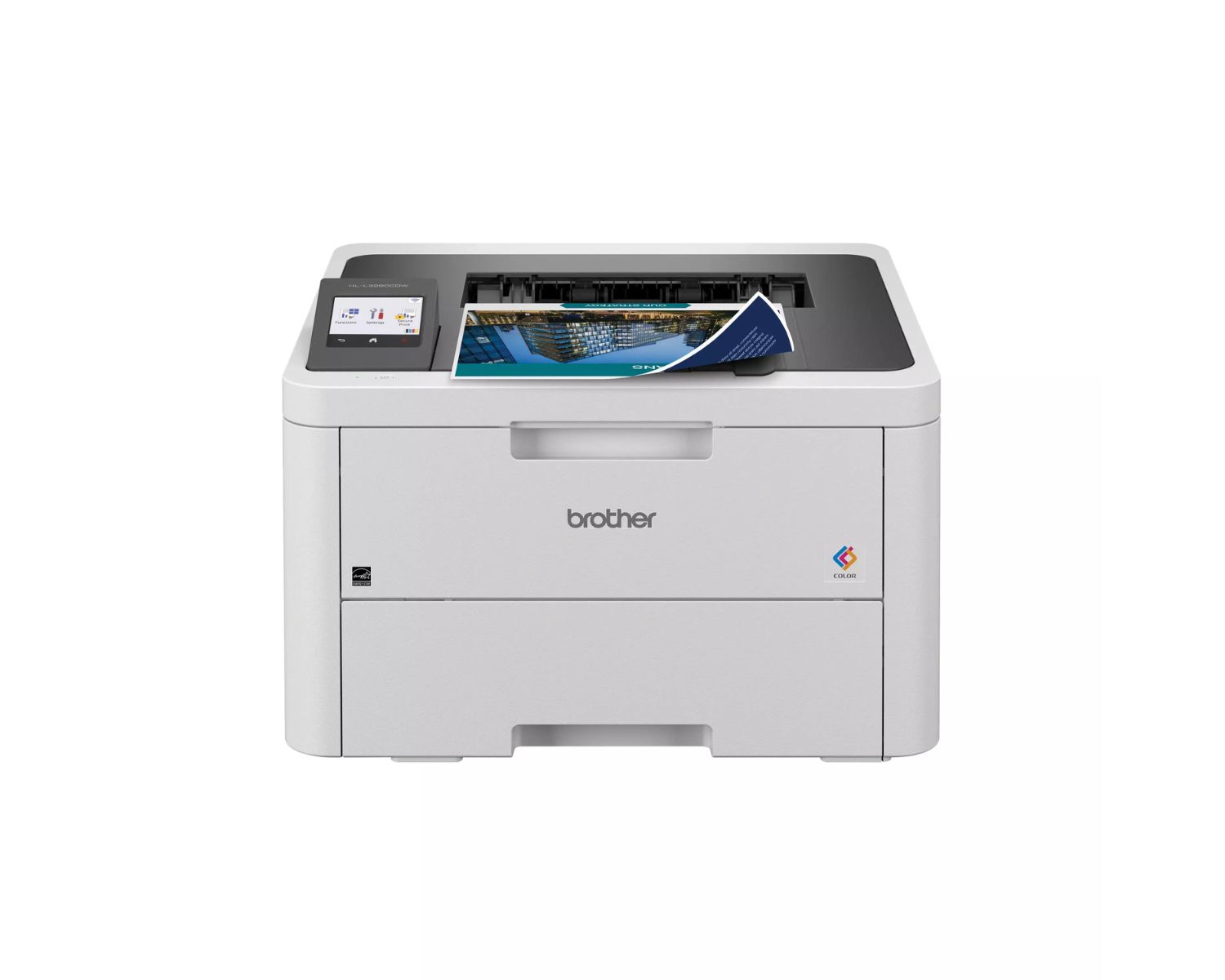
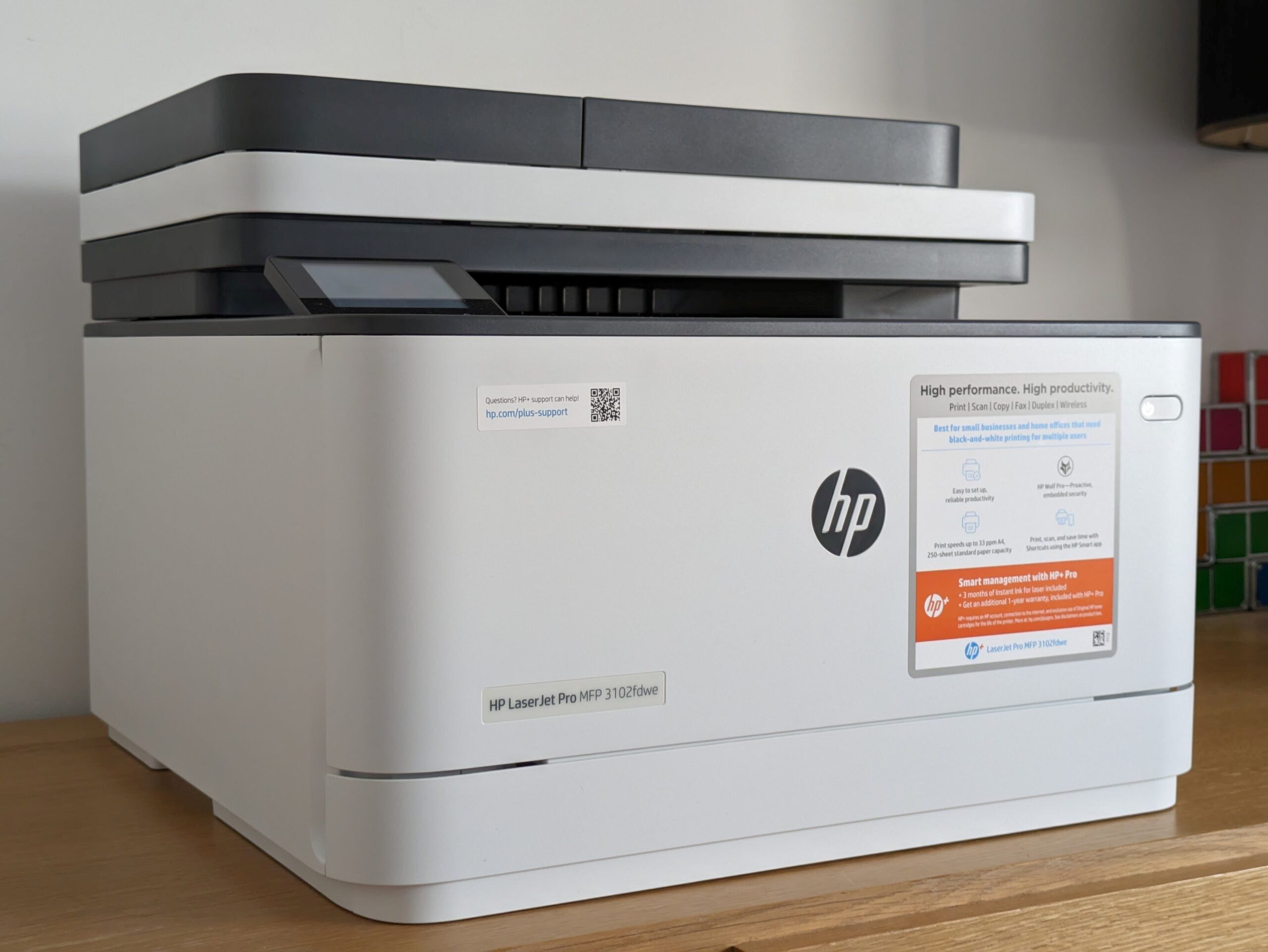
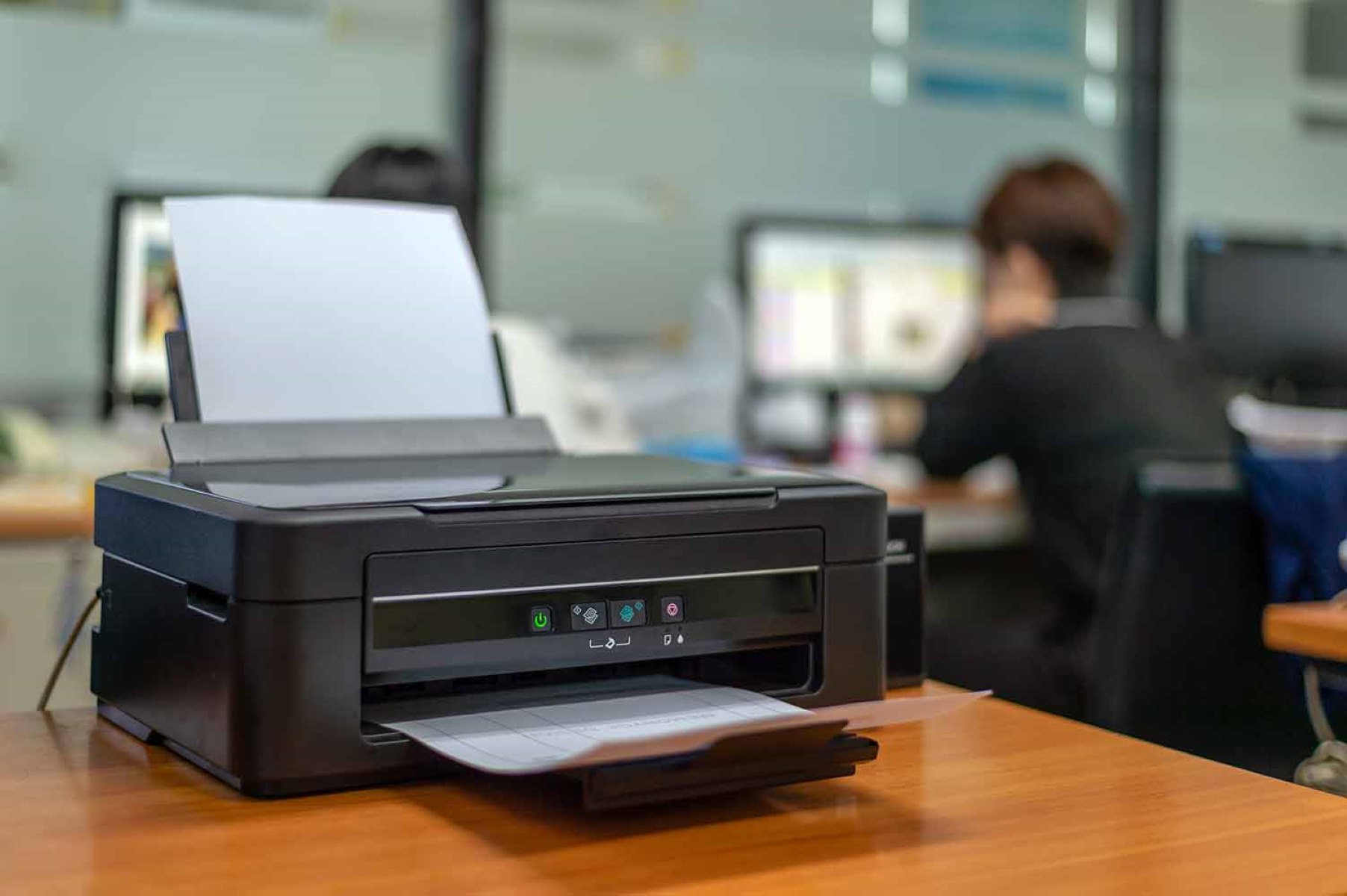
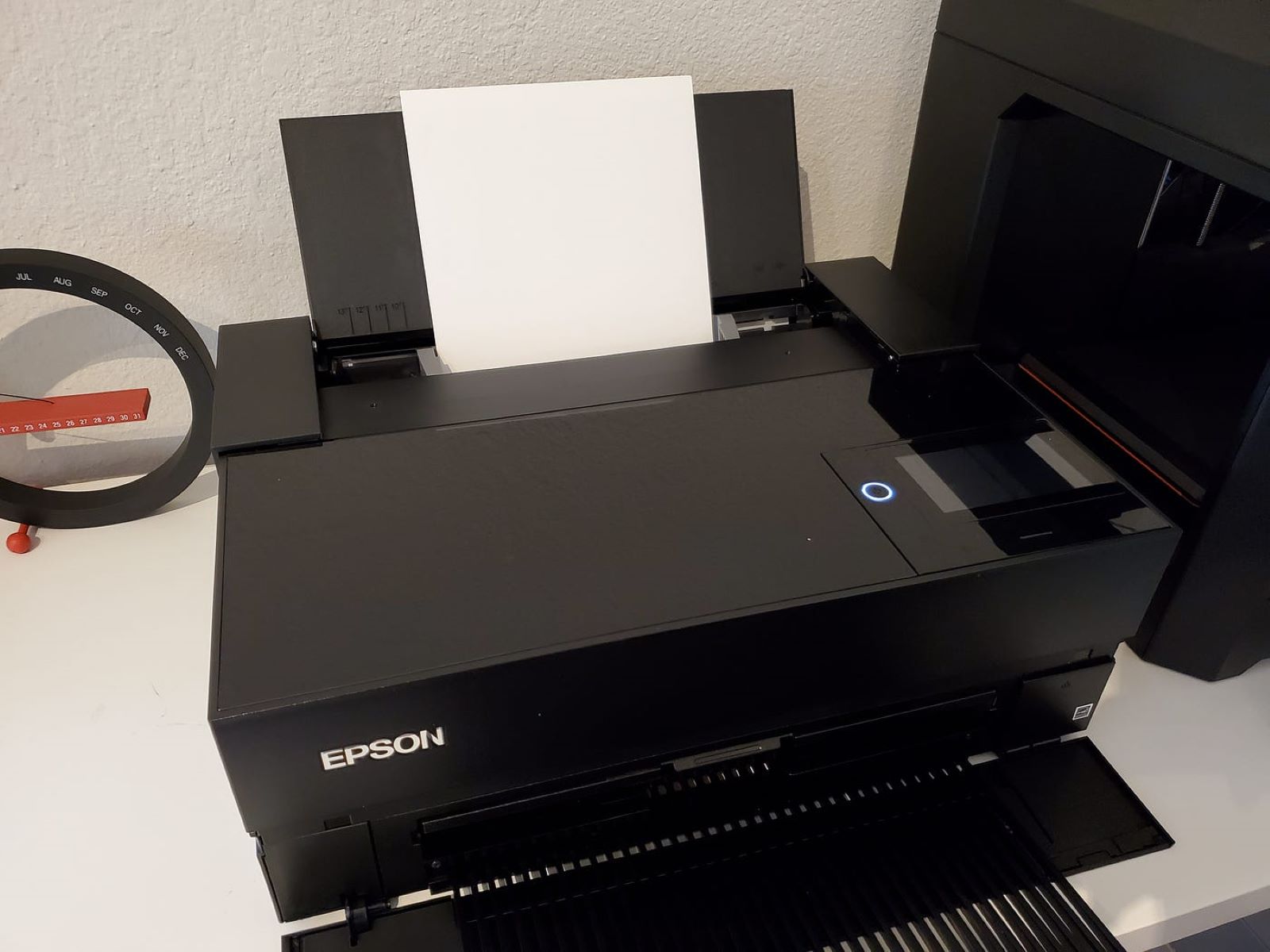
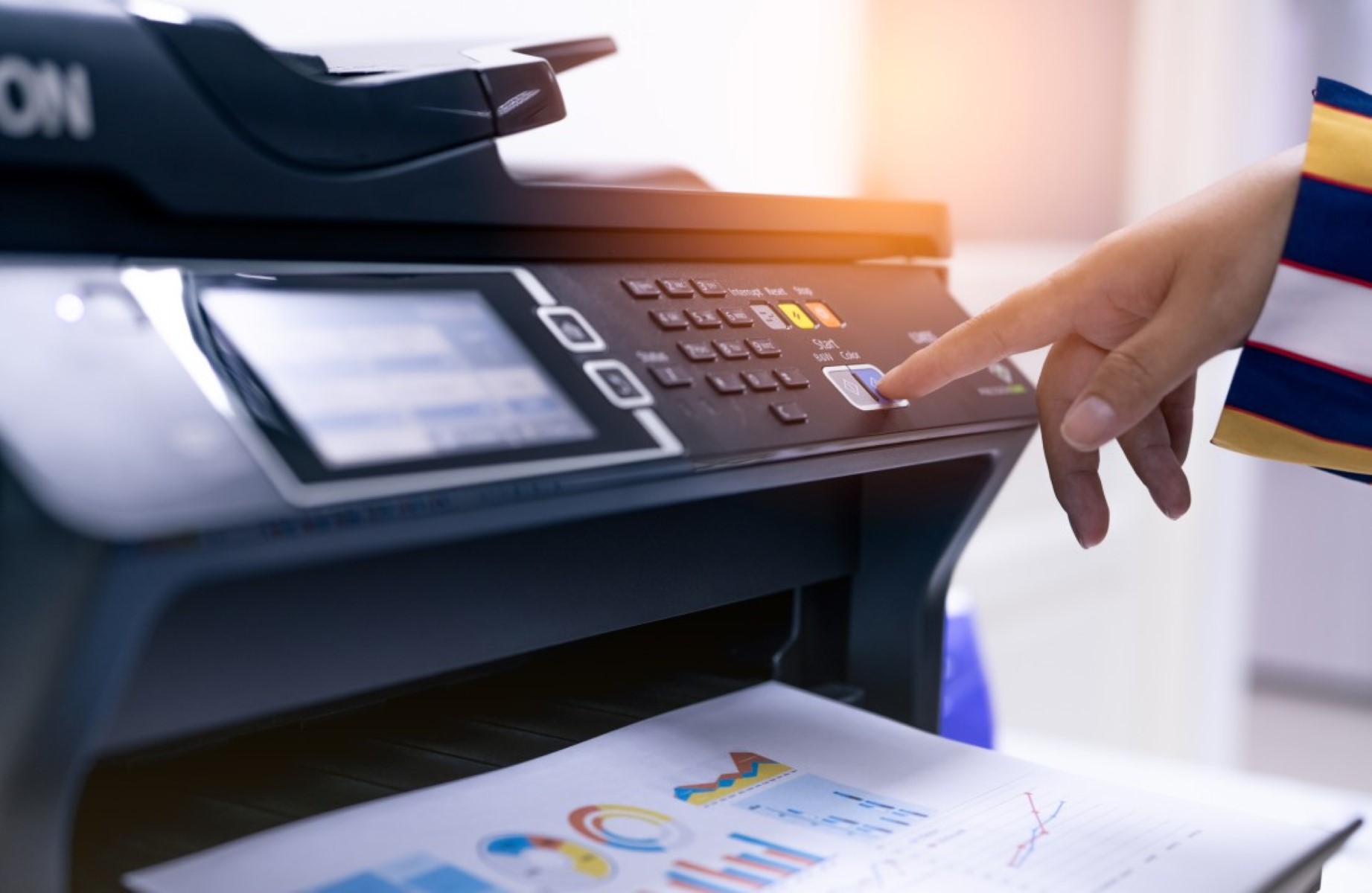
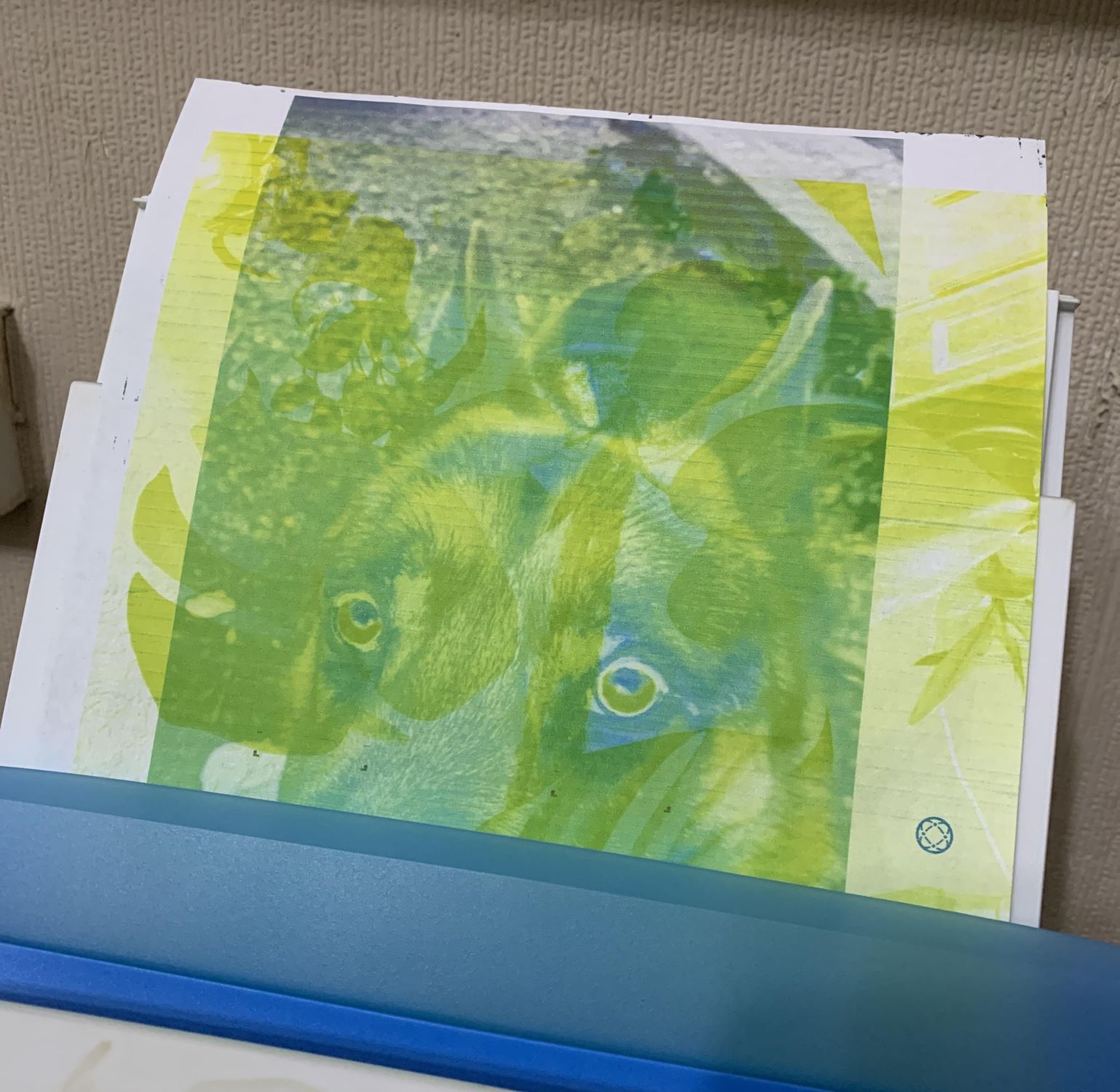
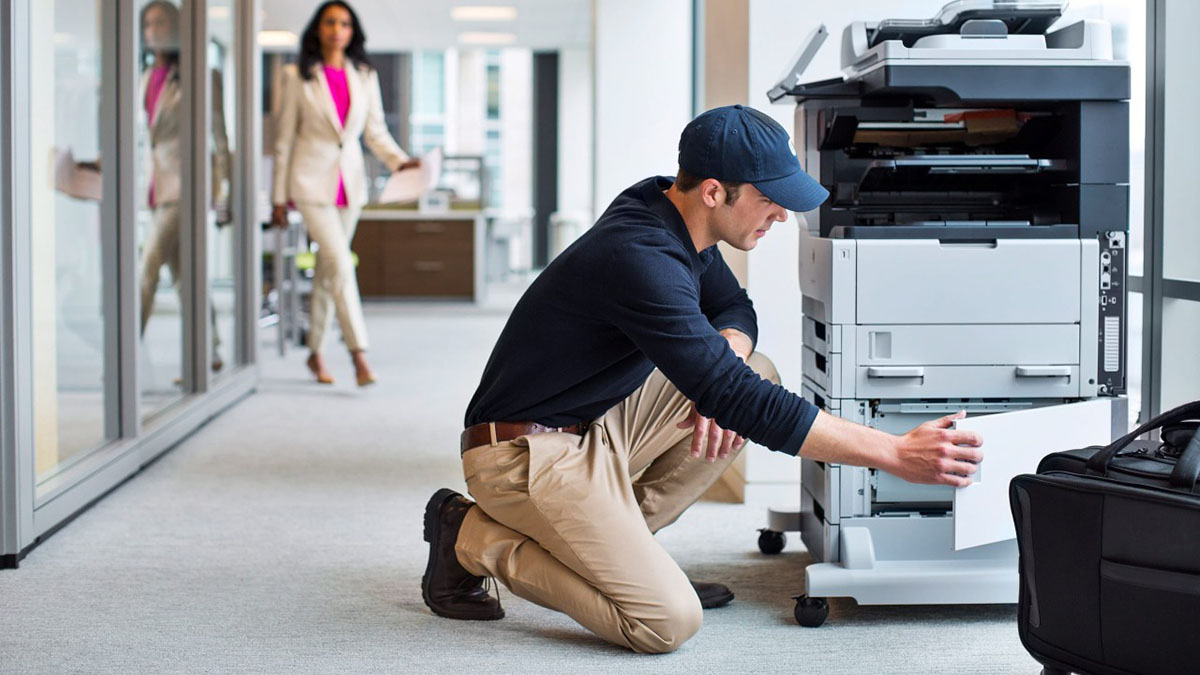
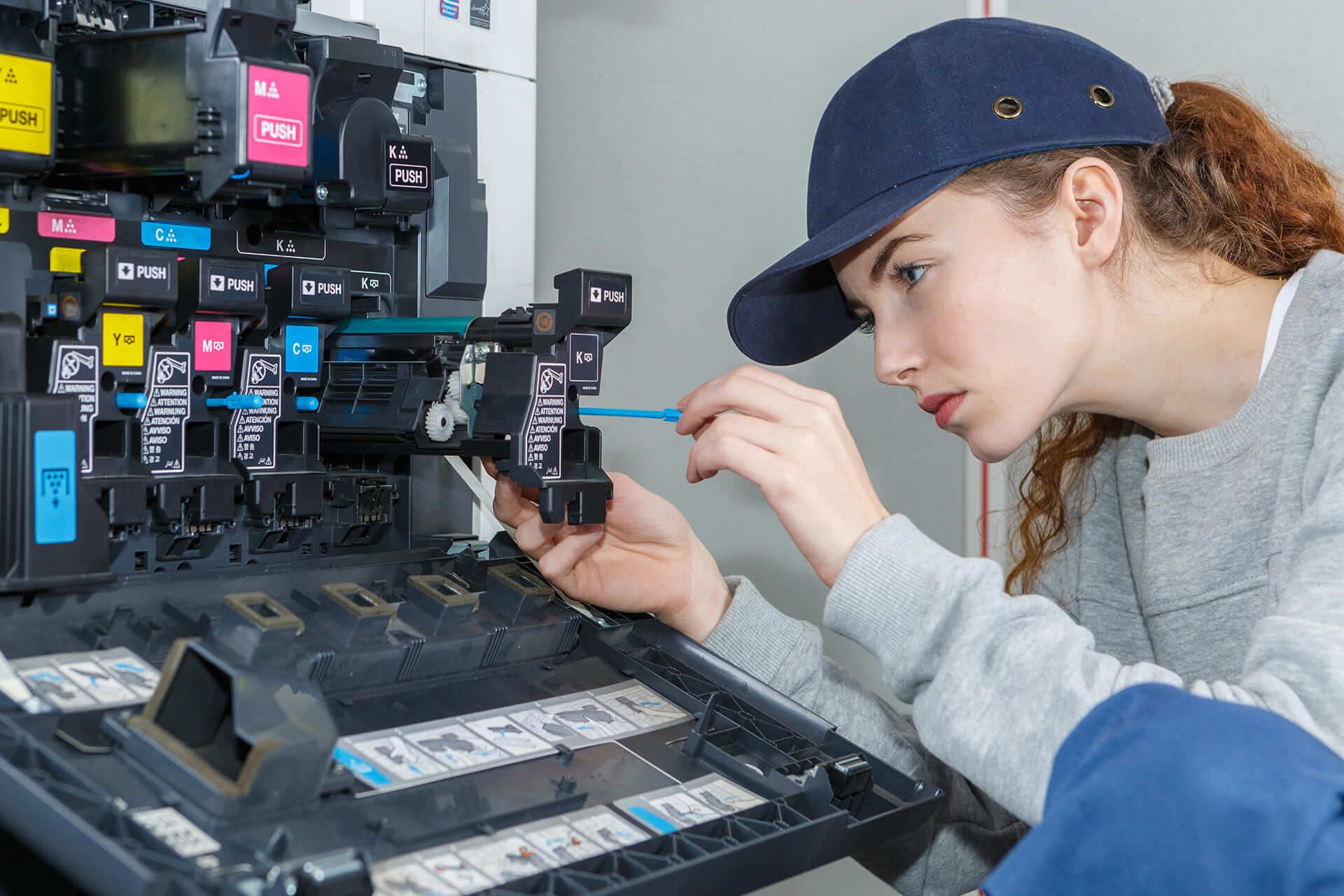
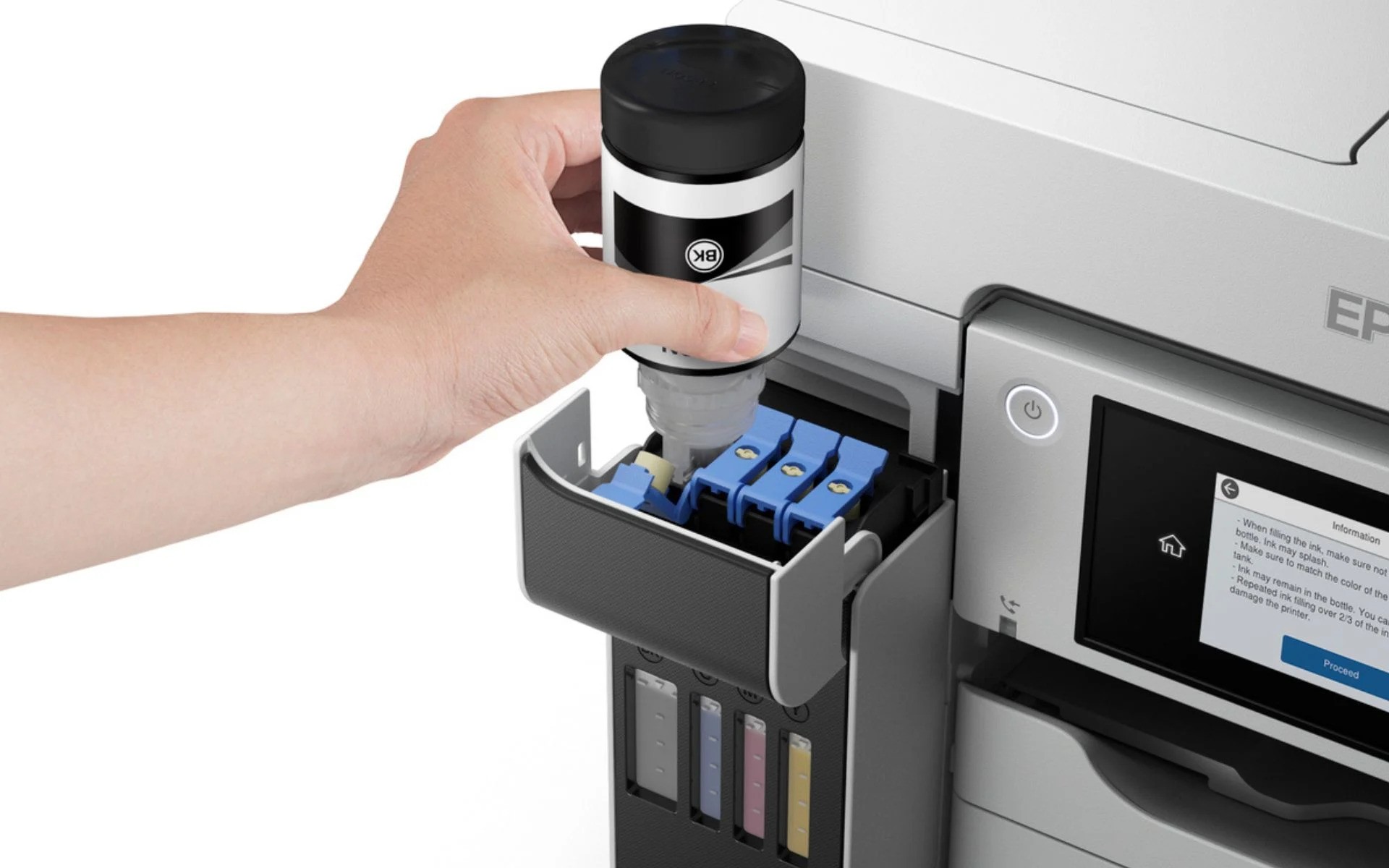
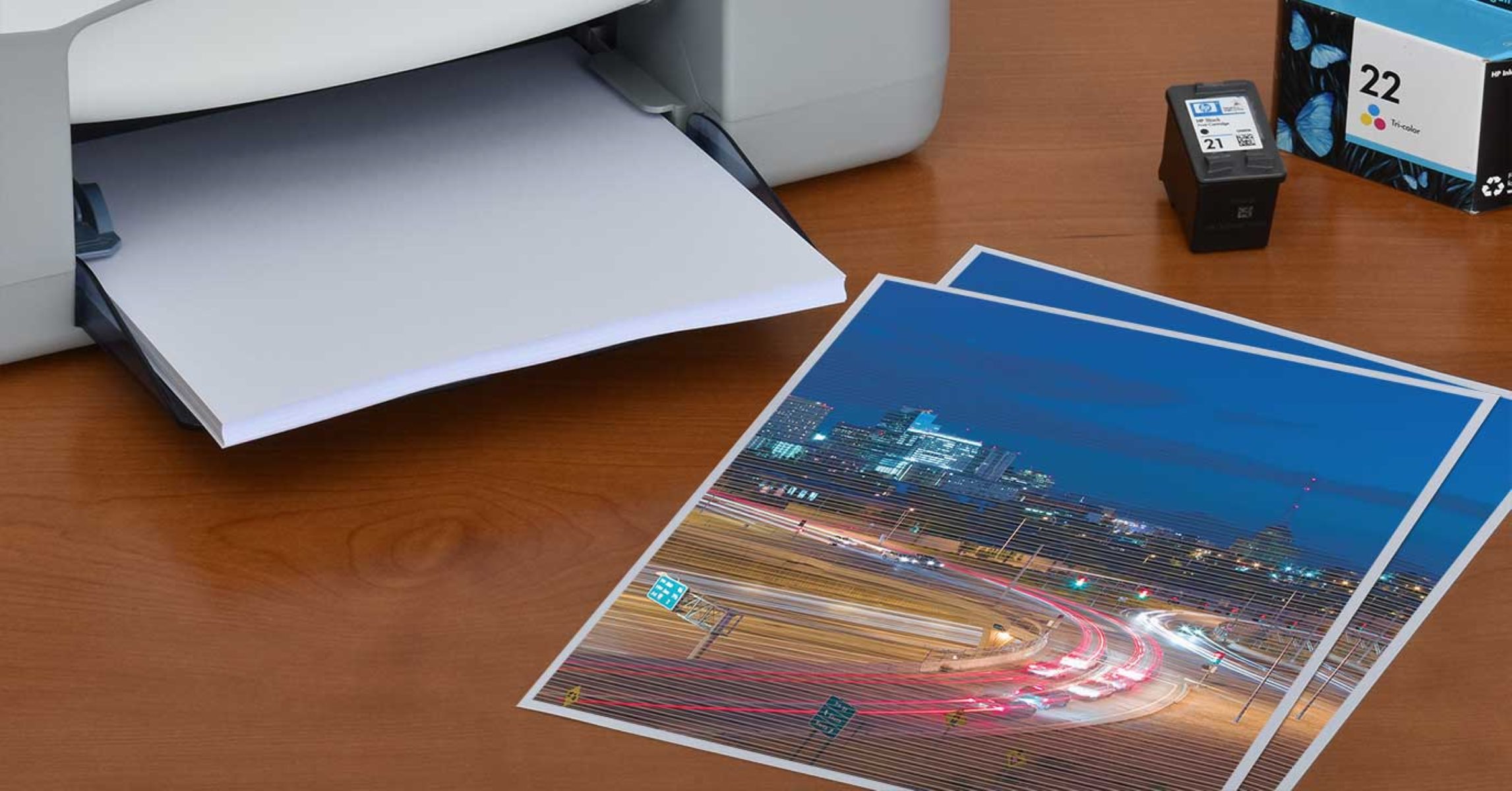
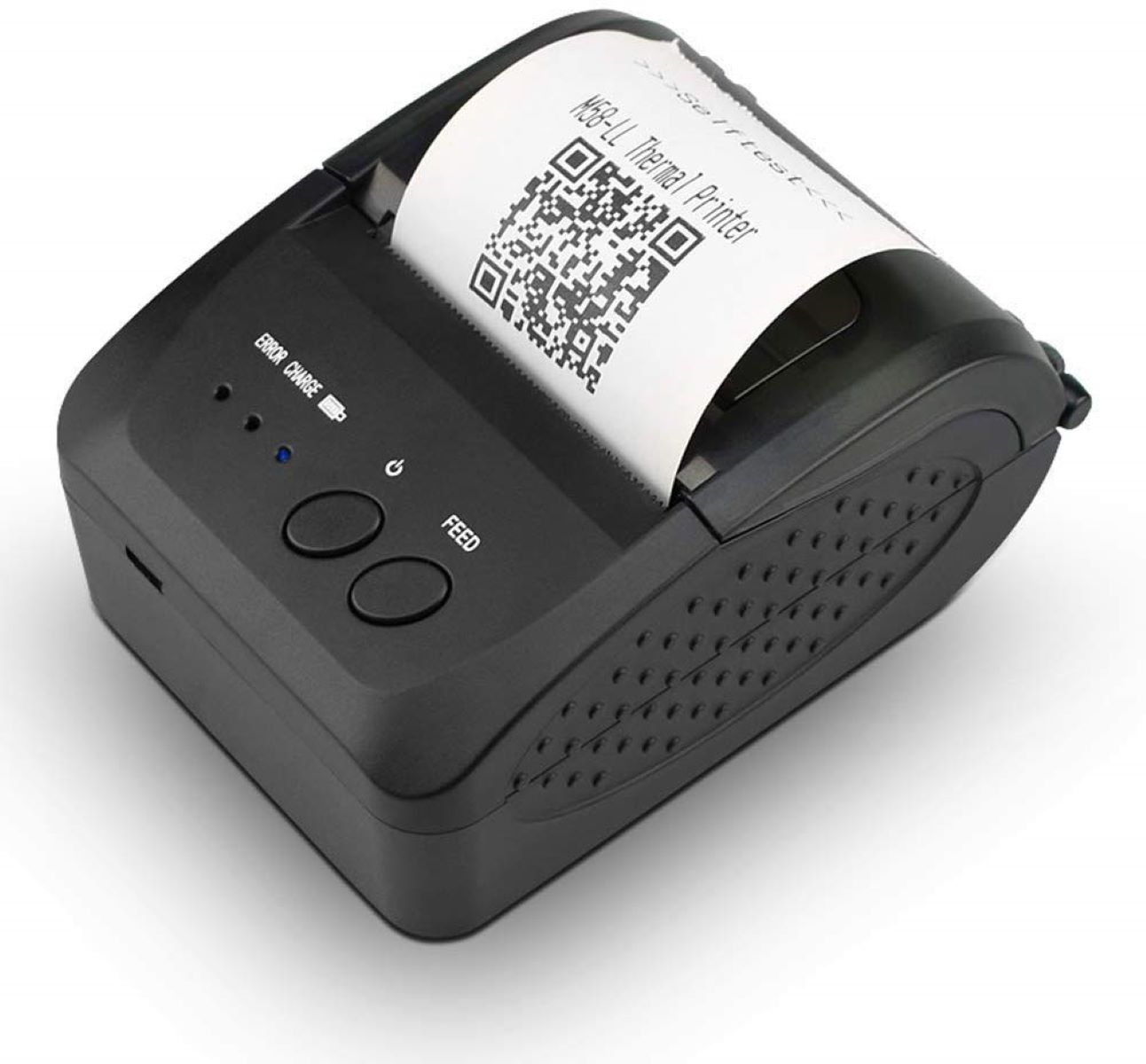
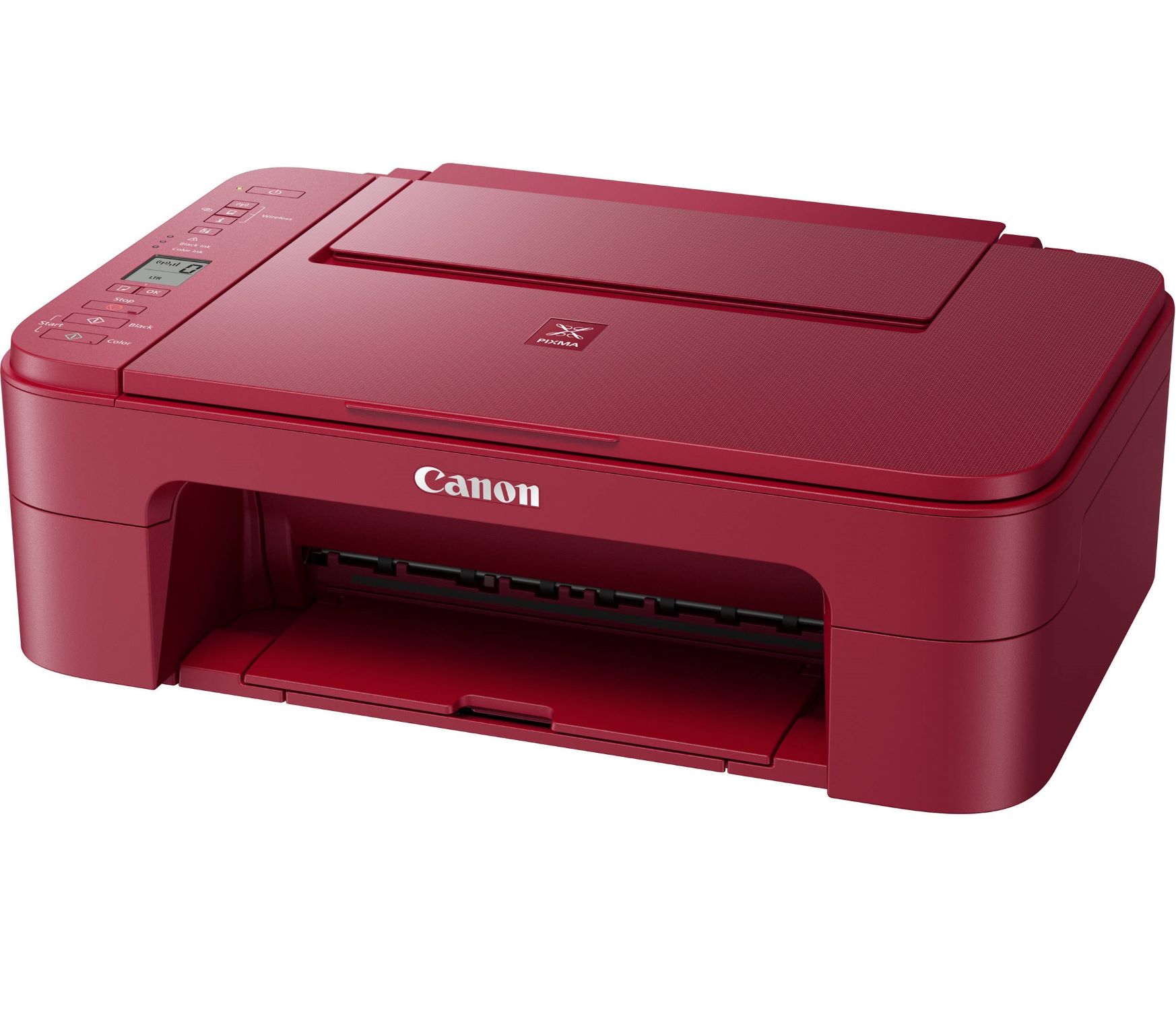
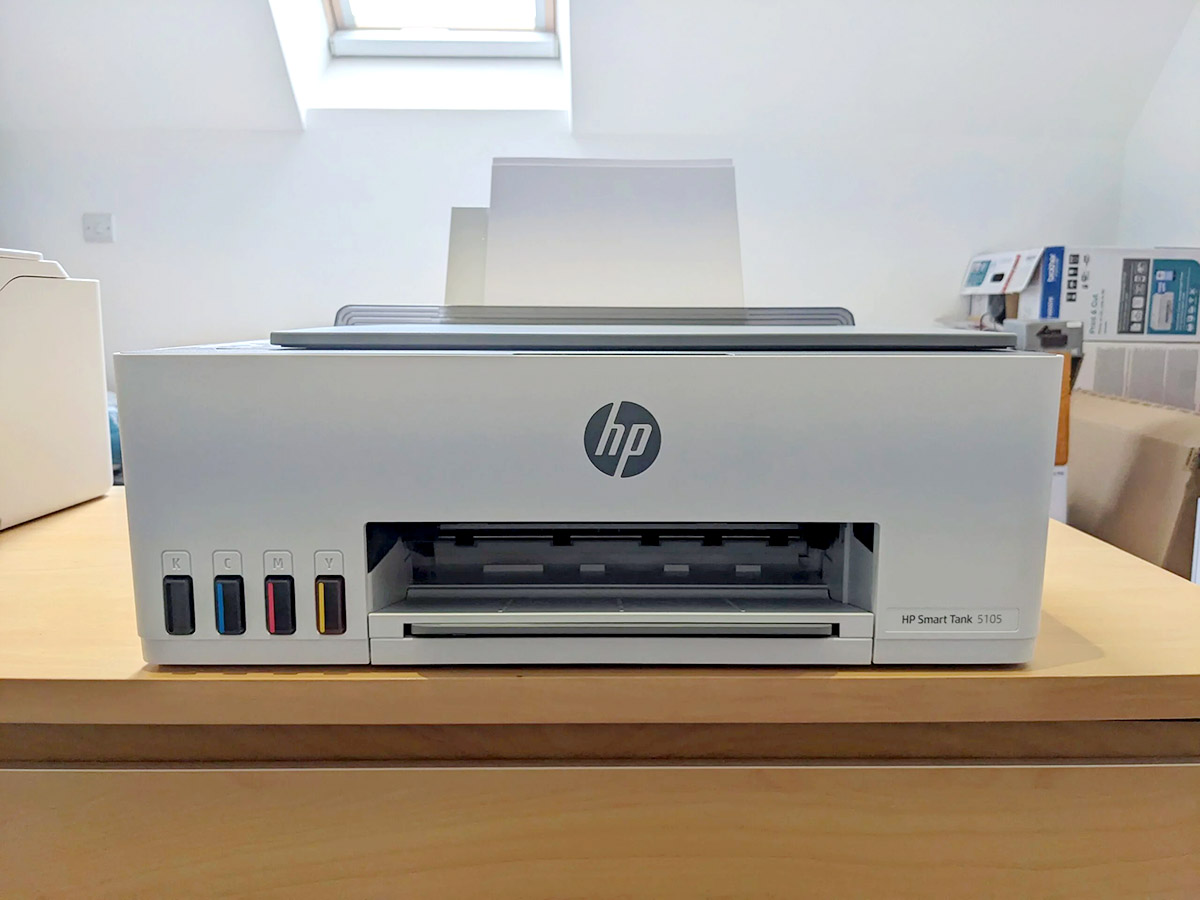

0 thoughts on “Why Is My Printer Not Printing Double-Sided”